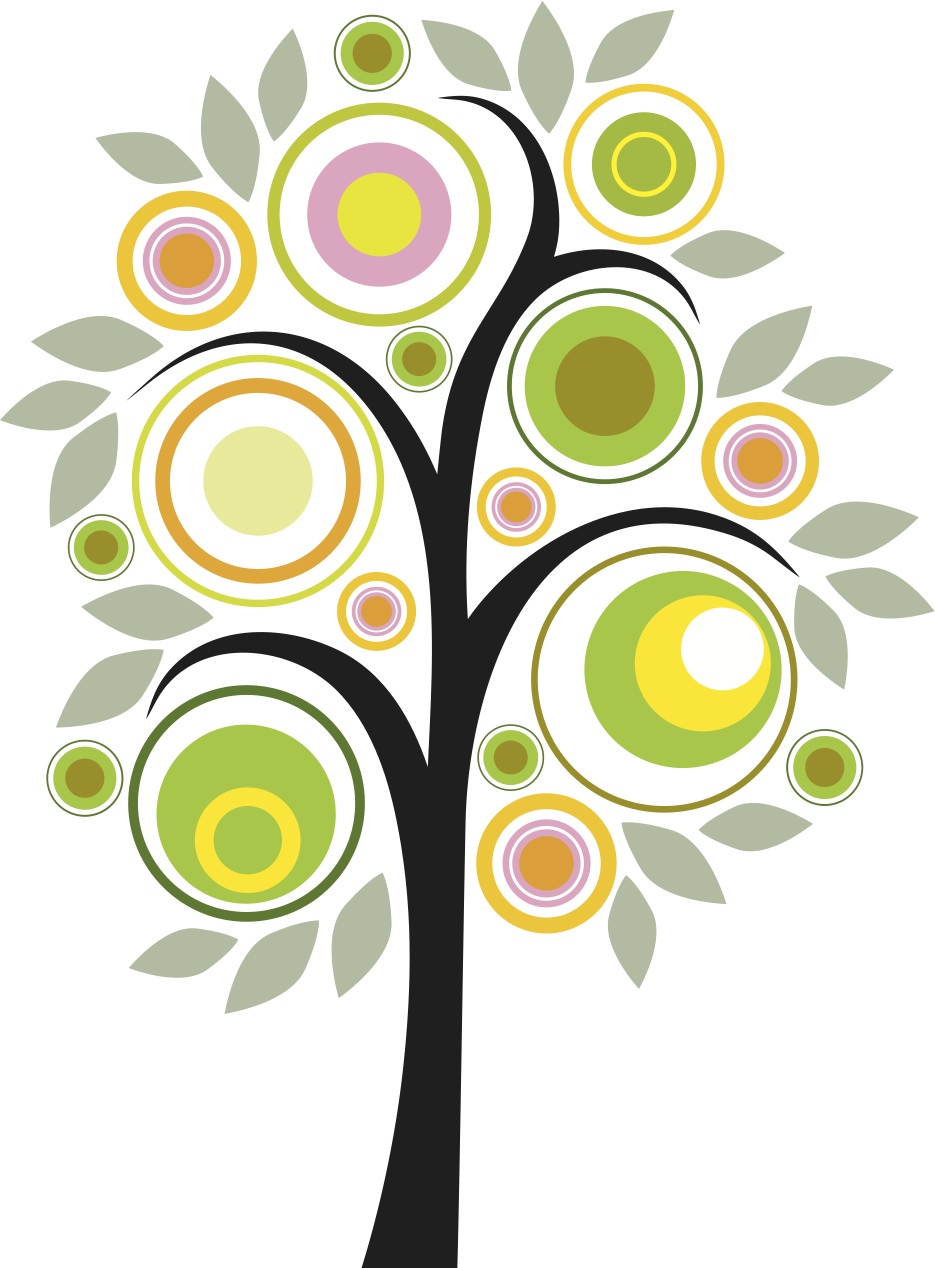WHEN I visited the exhibition A Chinese Adventure: A Swiss family in pursuit of success in the Celestial Empire this past April, I promised myself that I would return to visit the permanent collection of the Musée Fondation Baur before the summer was out.
With little time to spare after having enjoyed the temporary exhibit in the basement, I’d rushed through three floors of display cases catching too short a glimpse of the artwork on view. But it was long enough to appreciate that the beauty — and unexpectedly to me, the humour — to be found in the exquisite Far Eastern treasures displayed merited at the very least one more visit.
The tip of the iceberg

What’s exceptional is that the items to be seen at any one time are but a small fraction — only the tip of the iceberg — of the entire collection that Swiss collector Alfred Baur bequeathed to the museum that bears his name.
Some 9,000 Chinese and Japanese objects, collected over a period of some 45 years, are housed in the museum that is located in an elegant 19th-century town house in Geneva’s Old Town. They include Chinese imperial ceramics, jades and snuff bottles from the 8th to the 19th centuries, as well as Japanese prints, lacquer, netsuke, and sword fittings. A Japanese tea room with all the appropriate fittings and utensils completes the third floor exhibition devoted to Japanese artifacts.
Since 1995, the museum has also received several donations from private donors, primarily of Chinese lacquer and export ceramics. Together, the museum boasts the largest collection of Far Eastern art available to the public in Switzerland.
Sobriety, sensitivity and a touch of the divine

Displaying only a small portion of the entire collection gives each piece room to breathe and to fully work its magic on visitors. The experience is enriched by the fact that the museum displays these precious articles with the sobriety, sensitivity, and attention to detail that befits their exquisite craftsmanship.
A divine inspiration seems to have infused the imagination of these craftsmen as they executed their work across the centuries. And something else as well — a touching sense of humour and humanity.
Humour and humanity in the detail

Case in point, the dark green Qing dynasty brush pot (pictured above), measuring a stunning 20.8cm in diameter, is charmingly titled Sages réunis au pavillon des Orchidées (Wise ones gathered at the pavillon of the orchids) and depicts a scene where figures amuse themselves by floating cups of wine in a little stream while playing a game that requires them to recite lines of poetry at great speed. When one fails to do so they must drink from a cup, making it progressively harder to recite the poetry (and one would assume, not fall in the stream).
Then there are the netsuke, miniature finely-carved ivory, wood or bone sculptures of animals (and other figures) that served a very practical purpose in Japan for some 300 years, but whose lifelike charm and familiarity must have brought a smile of recognition and amusement to those who carved them and those who wore them.

In a delightful ôban triptych made by Japanese print maker Tsukioka Yoshitoshi in 1862 entitled “Abalone divers on Enoshima Island” a group of women plunge into the frothing waves; all that can be seen of one is her lovely face, one arm and a foot while the outline of her half-clad body is just visible within the swell of the deep blue wave that envelops her.
And where you might least expect fantasy — on the “tsuba” guard of a samurai’s sword, an engraving depicts a nobleman bowing before a beautiful genie emerging from her lamp in a puff of smoke.
These depictions together with those of flora and fauna, architecture, nature, myths, legends and daily life that grace the artifacts of the Baur collection make it more than a rich, cultural archive.
Through them, we enjoy a glimpse into the humanity of the artisans who created these treasures and embued them with a love of the everyday moments, both big and small, that citizens of China and Japan experienced during the course of many centuries. ♠
My thanks to the staff of the Fondation Baur for their help and enthusiasm.

Fondation Baur
Musée des Arts d’Extrême-Orient
Rue Munier-Romilly 8,
1206 Geneva
Open Tuesdays to Sundays from 14h00 to 18h00
Open on Wednesdays until 20h00 for public guided tours during temporary exhibitions.
Tel: +41.22.704.32.82
Fax: +41.22.789.18.45
Email: musee@fondationbaur.ch
Main photo caption: Monkey, Katabori netsuke, Ivory, Signed “Rantei”, mid-19th c. ©Baur Foundation, Photo Marian Gérard, Geneva.


6 responses to “Finding humor and humanity in the Far Eastern treasures of Geneva’s Musée Fondation Baur”
Such beautiful works and a really interesting article! Thanks so much!
LikeLiked by 1 person
My pleasure. We have to visit together. You’ll love the netsuke!
LikeLike
What incredibly gorgeous artwork. A stunning exhibition!
LikeLike
There are so many treasures here it’s hard to choose my favourite!
LikeLike
Exquisite. The detail and colours used are so beautiful….
Pam
LikeLike
You would love the exhibition!
LikeLike